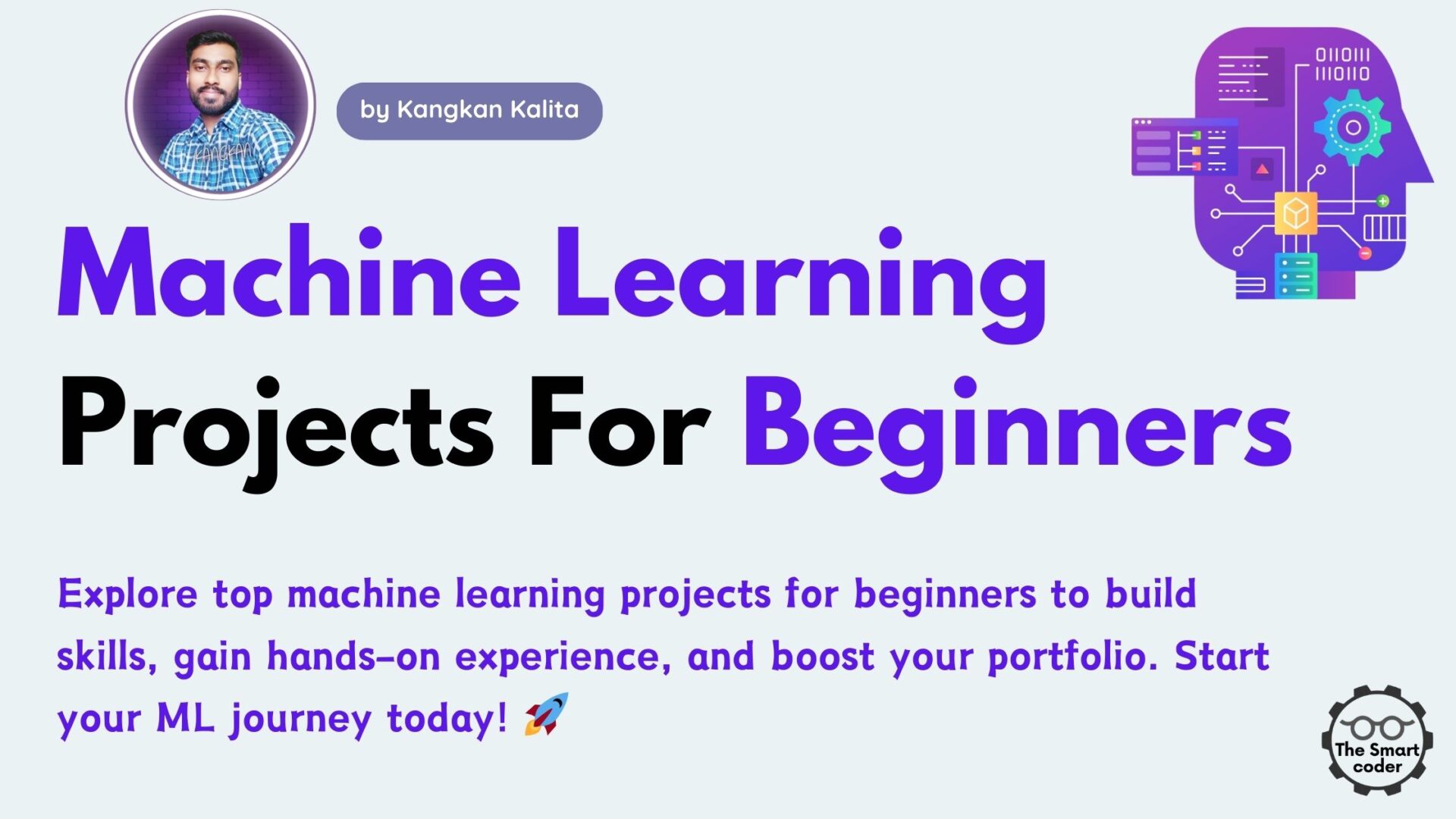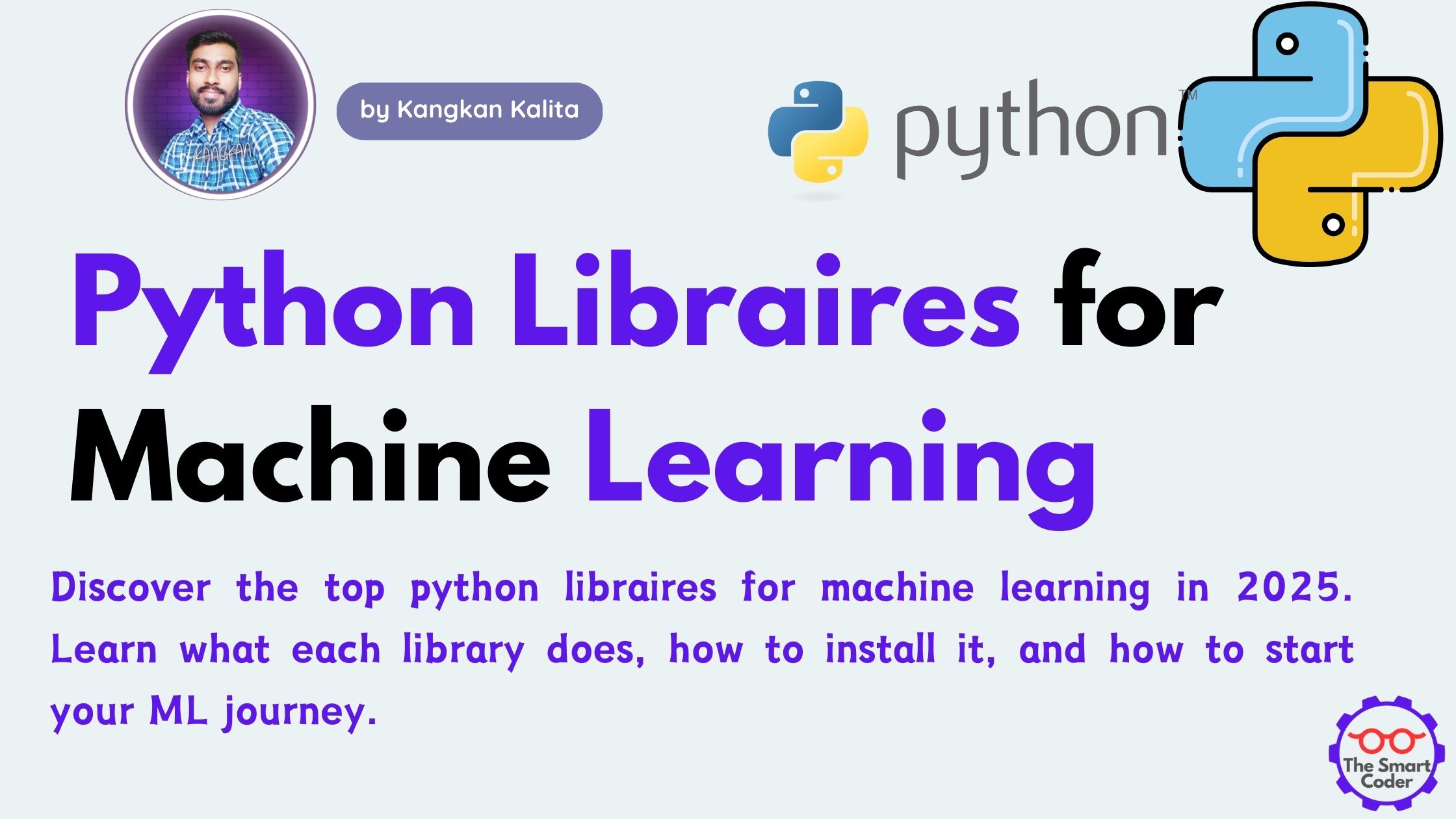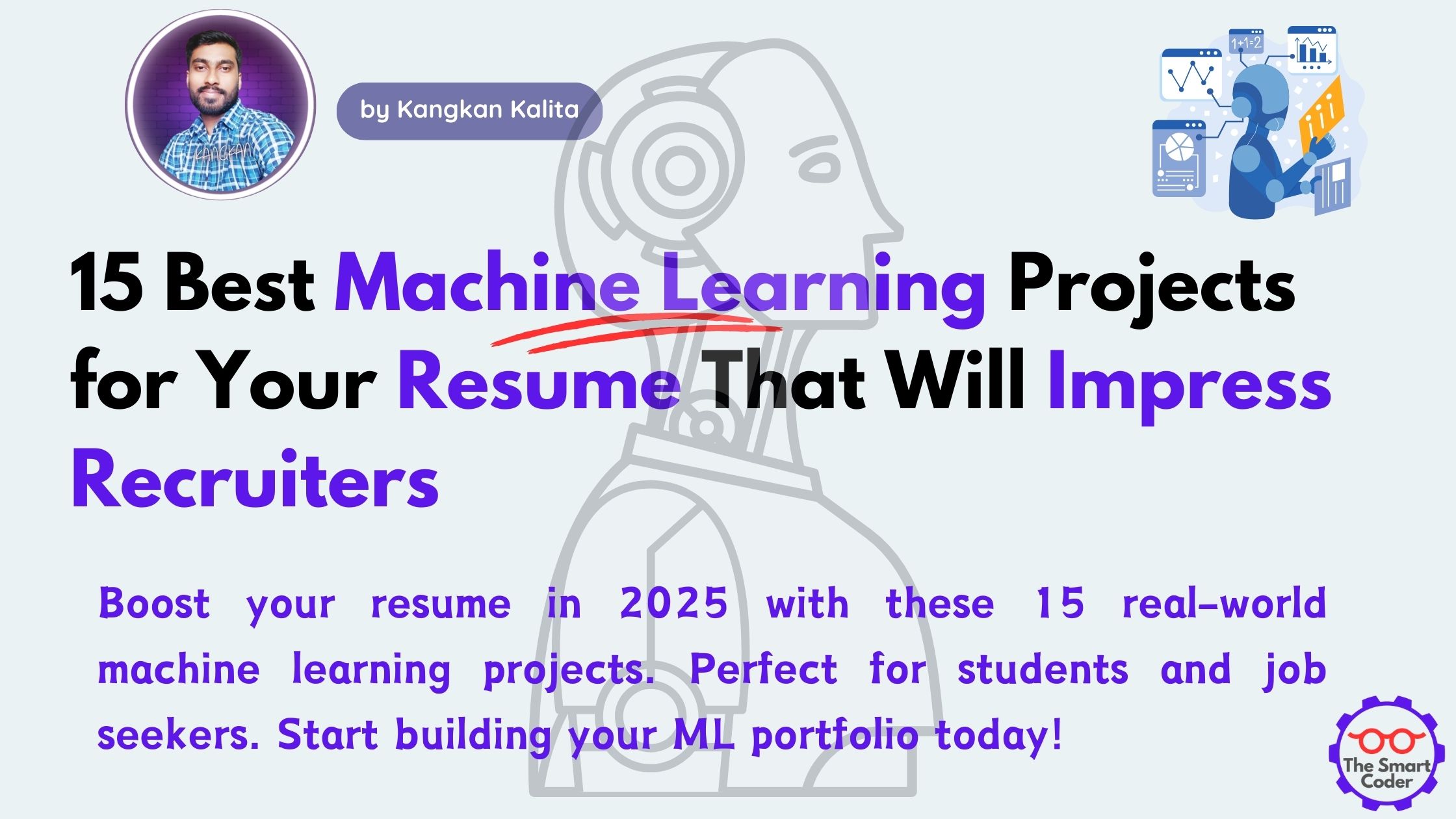Machine Learning Projects for Beginners: A Complete Guide

Getting started with machine learning can be overwhelming, but the best way to learn is by working on machine learning projects for beginners. These projects help build confidence, enhance problem-solving skills, and provide hands-on experience with real-world datasets. Whether you’re a student, a self-learner, or an aspiring data scientist, starting with machine learning projects for beginners is the perfect way to strengthen your foundational skills.
In this article, we will explore some of the best machine learning projects for beginners, including step-by-step explanations, datasets, and tools needed to get started.
Why Work on Machine Learning Projects for Beginners?
Before diving into specific projects, let’s understand why working on machine learning projects for beginners is crucial:
- Hands-on Experience – Theoretical knowledge is important, but real learning comes from implementing concepts in real projects.
- Portfolio Building – Showcasing your machine learning projects for beginners on GitHub or a portfolio website can impress potential employers.
- Problem-Solving Skills – Working on projects helps in understanding different challenges that arise while applying machine learning techniques.
- Confidence Boosting – Implementing projects from scratch enhances your confidence and understanding of the subject.
Now, let’s explore some exciting machine learning projects for beginners that you can start today.
Top 10 Machine Learning Projects for Beginners
1. Predicting House Prices
Objective: Build a regression model to predict house prices based on various features such as location, square footage, number of rooms, etc.
Tools Required: Python, Pandas, NumPy, Scikit-Learn, Matplotlib
Steps:
- Collect housing price data from Kaggle.
- Preprocess the dataset (handle missing values, encode categorical variables).
- Apply regression models such as Linear Regression or Random Forest.
- Evaluate the model using metrics like RMSE or MAE.
- Visualize results using Matplotlib.
2. Spam Email Classification
Objective: Create a classification model to differentiate between spam and non-spam emails.
Tools Required: Python, Scikit-Learn, NLTK, Pandas
Steps:
- Collect an email dataset (e.g., SpamAssassin dataset).
- Perform text preprocessing (stop word removal, tokenization, stemming).
- Convert text data into numerical format using TF-IDF or CountVectorizer.
- Train a classification model (Logistic Regression, Naïve Bayes, or SVM).
- Evaluate accuracy and visualize spam vs. non-spam classification.
3. Handwritten Digit Recognition
Objective: Train a deep learning model to recognize handwritten digits from the MNIST dataset.
Tools Required: TensorFlow, Keras, NumPy, OpenCV
Steps:
- Load the MNIST dataset (available in Keras datasets).
- Normalize pixel values and reshape images for model training.
- Create a Convolutional Neural Network (CNN) using Keras.
- Train and evaluate the model on test data.
- Deploy the model to recognize handwritten digits from user input.
4. Sentiment Analysis on Movie Reviews
Objective: Develop a model to analyze the sentiment (positive or negative) of movie reviews.
Tools Required: Python, NLTK, Scikit-Learn
Steps:
- Use datasets like IMDb movie reviews.
- Preprocess text data (tokenization, stemming, and stopword removal).
- Convert text into numerical vectors using Word2Vec or TF-IDF.
- Train a machine learning model (Naïve Bayes, LSTM, or Transformer models).
- Test accuracy and create a simple interface to analyze custom reviews.
5. Image Classification Using CNN
Objective: Classify images into categories using a deep learning model.
Tools Required: TensorFlow, Keras, OpenCV, Scikit-Learn
Steps:
- Use a dataset like CIFAR-10 or Fashion-MNIST.
- Preprocess images (resize, normalize, augment).
- Build a Convolutional Neural Network (CNN) model.
- Train the model and evaluate accuracy on test data.
- Deploy the model using Flask or Streamlit.
6. Predicting Diabetes
Objective: Build a predictive model to detect diabetes based on medical records.
Tools Required: Python, Pandas, Scikit-Learn, Matplotlib
Steps:
- Use the PIMA Indians Diabetes dataset.
- Perform exploratory data analysis (EDA) and feature selection.
- Train a classification model (Logistic Regression, Random Forest, or XGBoost).
- Evaluate model performance using precision, recall, and F1-score.
- Deploy the model for real-time predictions.
7. Stock Price Prediction
Objective: Forecast stock prices using time-series analysis.
Tools Required: Python, Pandas, Matplotlib, LSTM (Long Short-Term Memory)
Steps:
- Collect historical stock market data.
- Perform feature engineering and trend analysis.
- Train a regression model or an LSTM model.
- Evaluate the model and visualize predicted stock prices.
- Deploy the model using a simple web app.
8. Chatbot Development
Objective: Build an AI chatbot using NLP techniques.
Tools Required: Python, NLTK, Rasa, TensorFlow
Steps:
- Preprocess chatbot training data (tokenization, stopwords removal).
- Train a sequence-to-sequence model using LSTMs.
- Implement intent recognition using TF-IDF.
- Deploy the chatbot using Flask or Django.
- Integrate the chatbot with a messaging platform.
9. Fake News Detection
Objective: Detect whether a news article is real or fake using machine learning.
Tools Required: Python, Scikit-Learn, NLTK
Steps:
- Collect a fake news dataset (Kaggle has many such datasets).
- Perform text preprocessing and vectorization.
- Train a classification model (Logistic Regression, SVM, Random Forest).
- Evaluate model accuracy and precision.
- Build a web app to classify news articles in real-time.
10. Flower Classification
Objective: Classify different types of flowers using image data.
Tools Required: TensorFlow, Keras, OpenCV
Steps:
- Use the Iris or Oxford Flower dataset.
- Preprocess images and extract features.
- Train a CNN model to classify flower types.
- Evaluate model accuracy and deploy it.
- Create an interactive web application for classification.
Final Thoughts
Starting with machine learning projects for beginners is the best way to gain confidence and practical experience in data science and AI. These projects cover a wide range of skills, including data preprocessing, model building, evaluation, and deployment. By working on multiple machine learning projects for beginners, you can strengthen your portfolio and improve your chances of landing a job in AI and data science.
If you’re new to machine learning, start with simple projects like spam classification or sentiment analysis, then gradually move on to more complex tasks like deep learning and image recognition. Keep experimenting, learning, and building – the more machine learning projects for beginners you work on, the better you’ll become!
Latest Posts:
- SQL for beginners : A Complete Guide
- Predictive Analytics Techniques: A Beginner’s Guide to Turning Data into Future Insights
- Top 10 Data Analysis Techniques for Beginners [2025 Guide to Get Started Fast]
- How to Build a Powerful Data Scientist Portfolio as a Beginner [Step-by-Step 2025 Guide]
- Hypothesis Testing in Machine Learning Using Python: A Complete Beginner’s Guide [2025]






